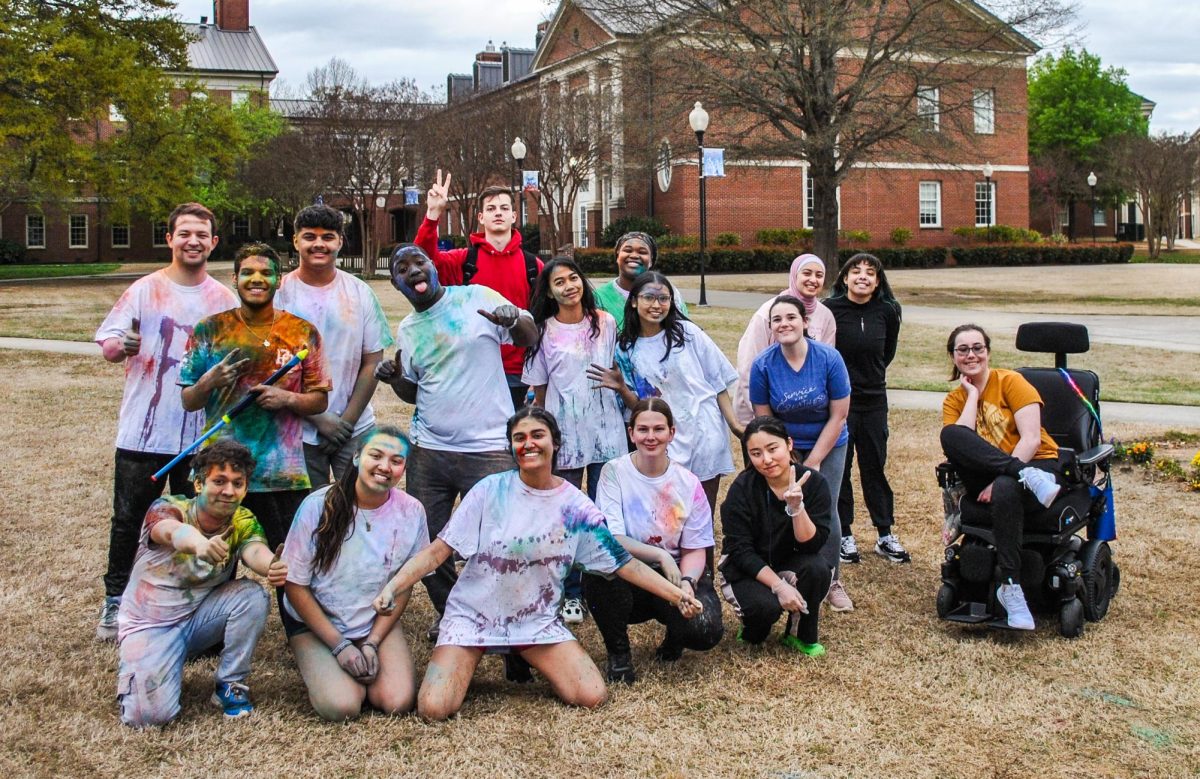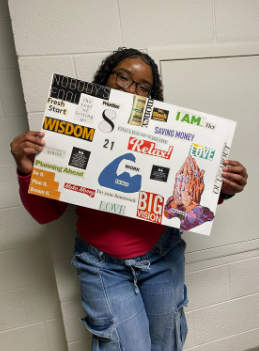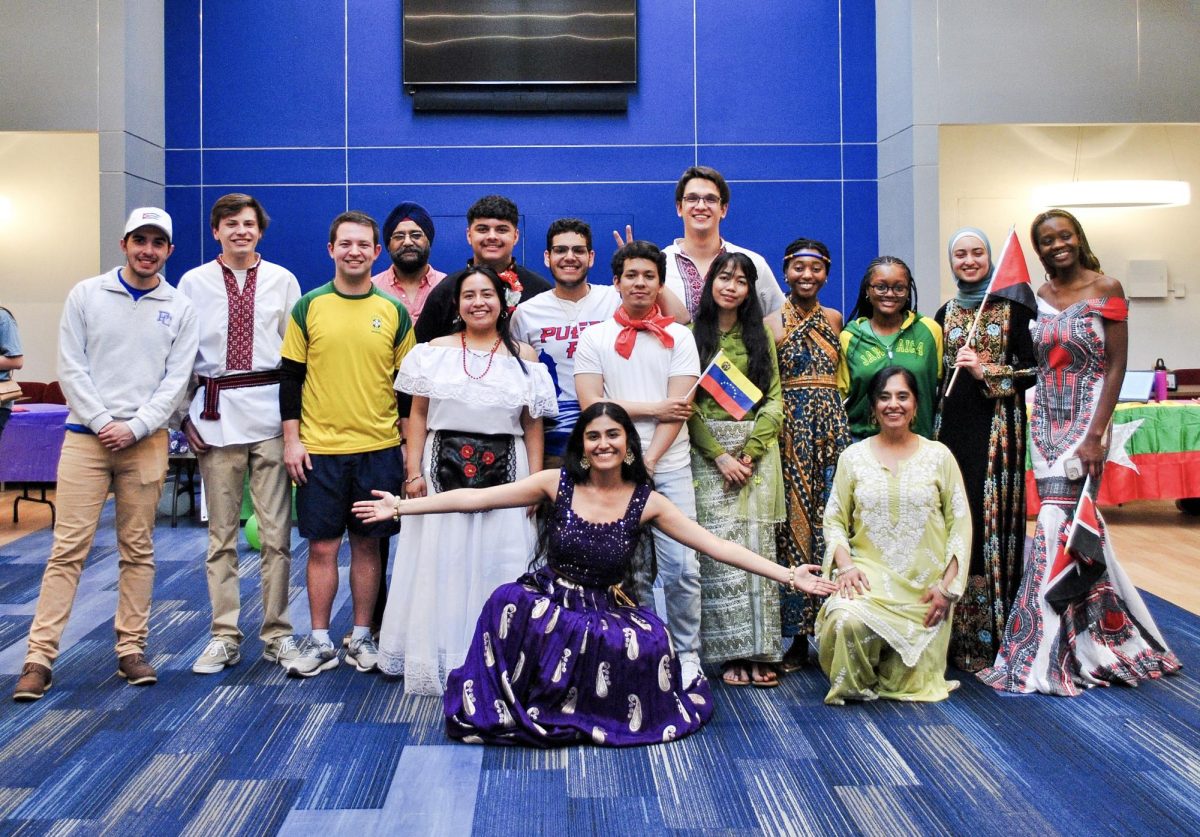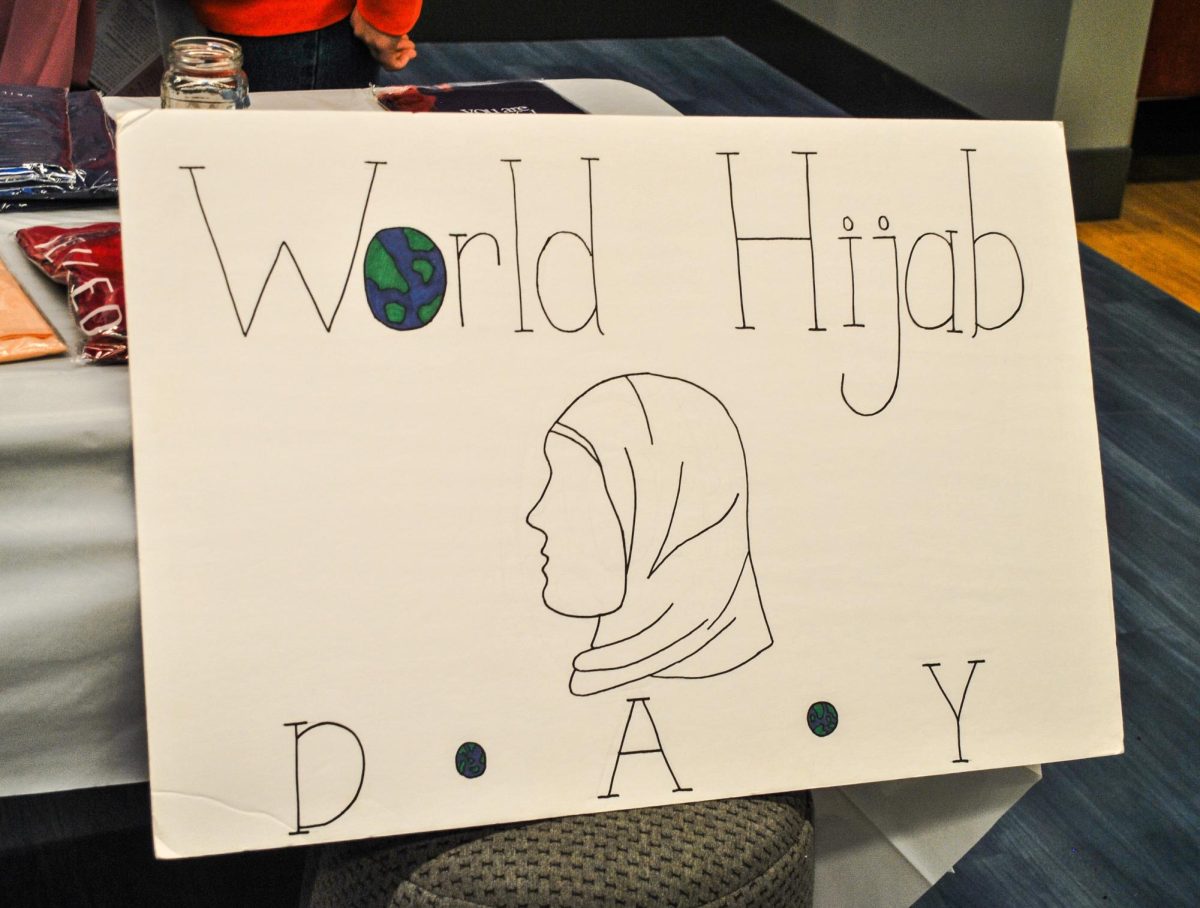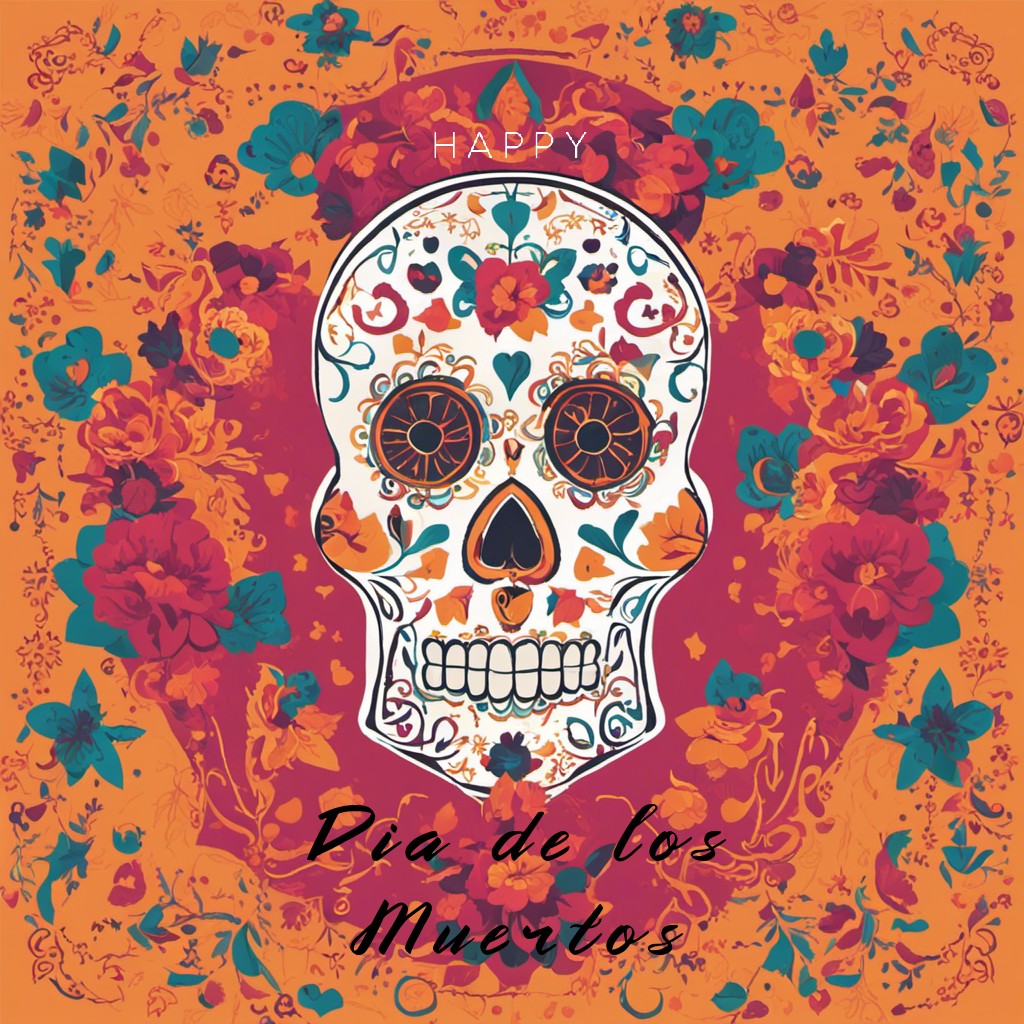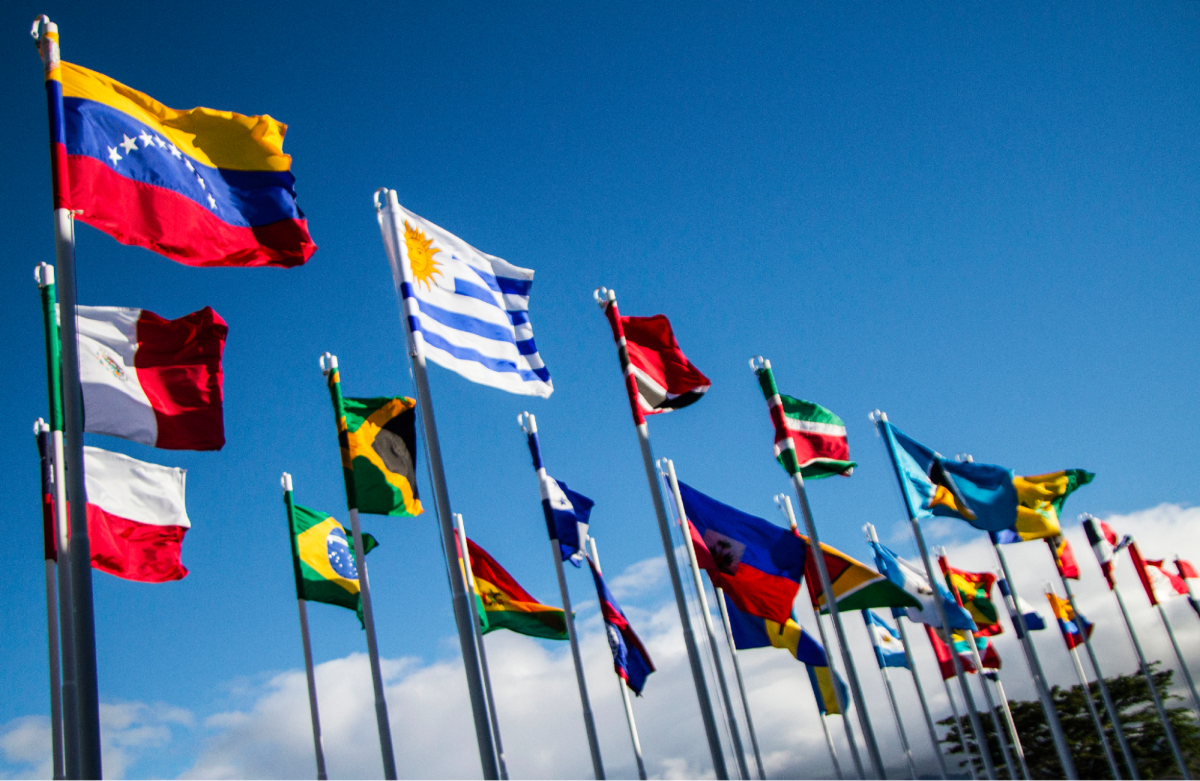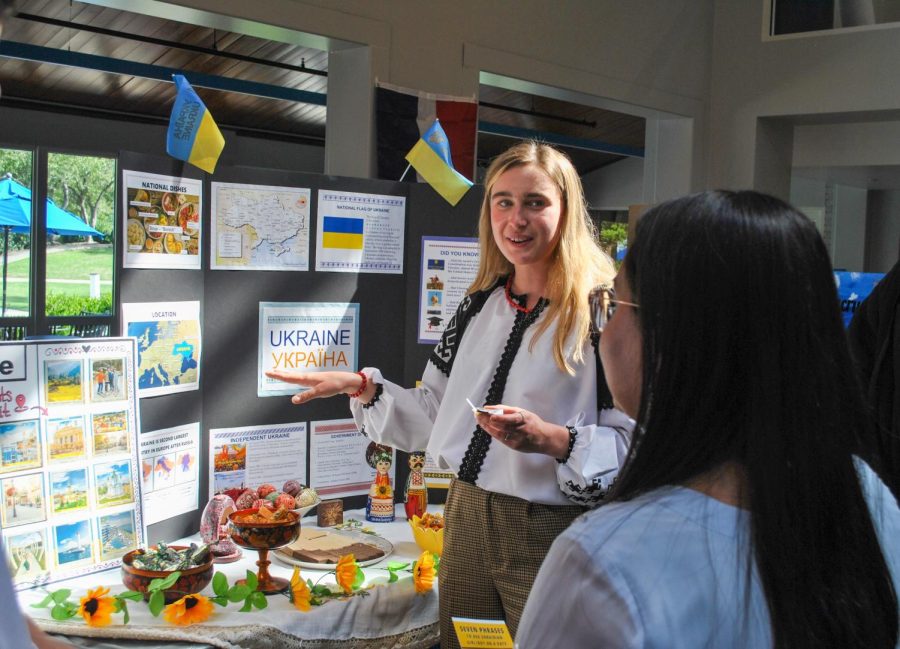First off… What is Holi?
Holi, widely known as the Festival of Colors, marks the arrival of the spring season and end of winter in many South Asian countries. This celebratory festival is held on March 25th and is filled with colorful chaos as people flood the streets of India throwing colored powder, or “gulal,” on each other. Gulal refers to the colored powder that was made from natural materials back in the day; however, today we use synthetic dyes for Holi. People all over the world light bonfires, throw gulal, eat delicious sweets, and dance to traditional folk music. Underneath these lively festivities is a history of captivating cultures and traditions. Holi unites families, friends, and even strangers together, as these traditions are acclaimed throughout the country.
How Does One Prepare For Holi?
1. Grab a group of friends, family, strangers, and even foes and get to an open area or take to the streets.
2. Grab yourself a water gun, some water balloons, and fill them with colored powder.
3. Play songs like “Balam Pichkari” by Pritam, “Badri Ki Dulhania” by Dev Negi, Neha Kakkar, “Jai Jai Shivshankar” by Vishal-Shekhar, and “Rang Maar De Holi Hai” by Shreyas Puranik
4. Get in a group, start singing and dancing, and throw color on each other!
5. Later in the day, start a bonfire and eat delicious traditional delicacies like gujiya, mathri, and malpuas
6. ENJOY AND HAVE FUN!!!
And Lastly, Why Do We Celebrate This Festival?
Holi is known to have many different cultural meanings and traditions behind its name. For one, the Holi festival is celebrated at the end of the winter season. It is seen as a time of joy and celebration as people bid farewell to the cold winter and welcome the warmth of spring and vibrant colors. In another perspective, Holi is celebrated as the triumph of good over evil. One of the most popular legends associated with Holi is the story of Prahlad and Hiranyakashipu. Hiranyakashipu was a demon king who desired for everyone to worship him as a god. His son, Prahlad, remained devoted to another, Lord Vishnu. The king’s sister, Holika, tried to kill Prahlad for his undevotion to his father by sitting him in a bonfire, as she is known to be immune to fire. However, due to Holika’s evil actions, Holika was burned, and Prahlad emerged unharmed. Thus, Holi celebrates the triumph of devotion and faith shown by Prahlad’s actions over the evil shown by Hiranyakashipu and his sister Holika. The other story often associated with Holi is the tale of Krishna and Radha. Legend has it that, after being cursed with blue skin by a demon, Krishna was worried that his love, Radha, would not feel the same way about him. He confided in his mother to ask for advice and she told Krishna to color her skin, and so he did. We now do this today with gulal to remind us of the story of Krishna and Radha. Each color used on each other is said to symbolize something different. We use blue to remind us of Krishna’s story, green to symbolize rebirth and new beginnings, red to symbolize fertility and marriage, yellow to represent auspicious dates, and so much more! Holi is deeply ingrained in the cultural heritage of India and Nepal and is celebrated with different rituals varying from region to region. During Holi, people of all ages and backgrounds come together to play with colors, dance, sing, and enjoy festive foods as we remember the stories that created this festival.
On March 25th, PC’s Student Activities Board hosted their own Holi Festival with color powder, water guns, and tie-dying. Here are some photos from PC’s Holi Festival in the gallery above.

